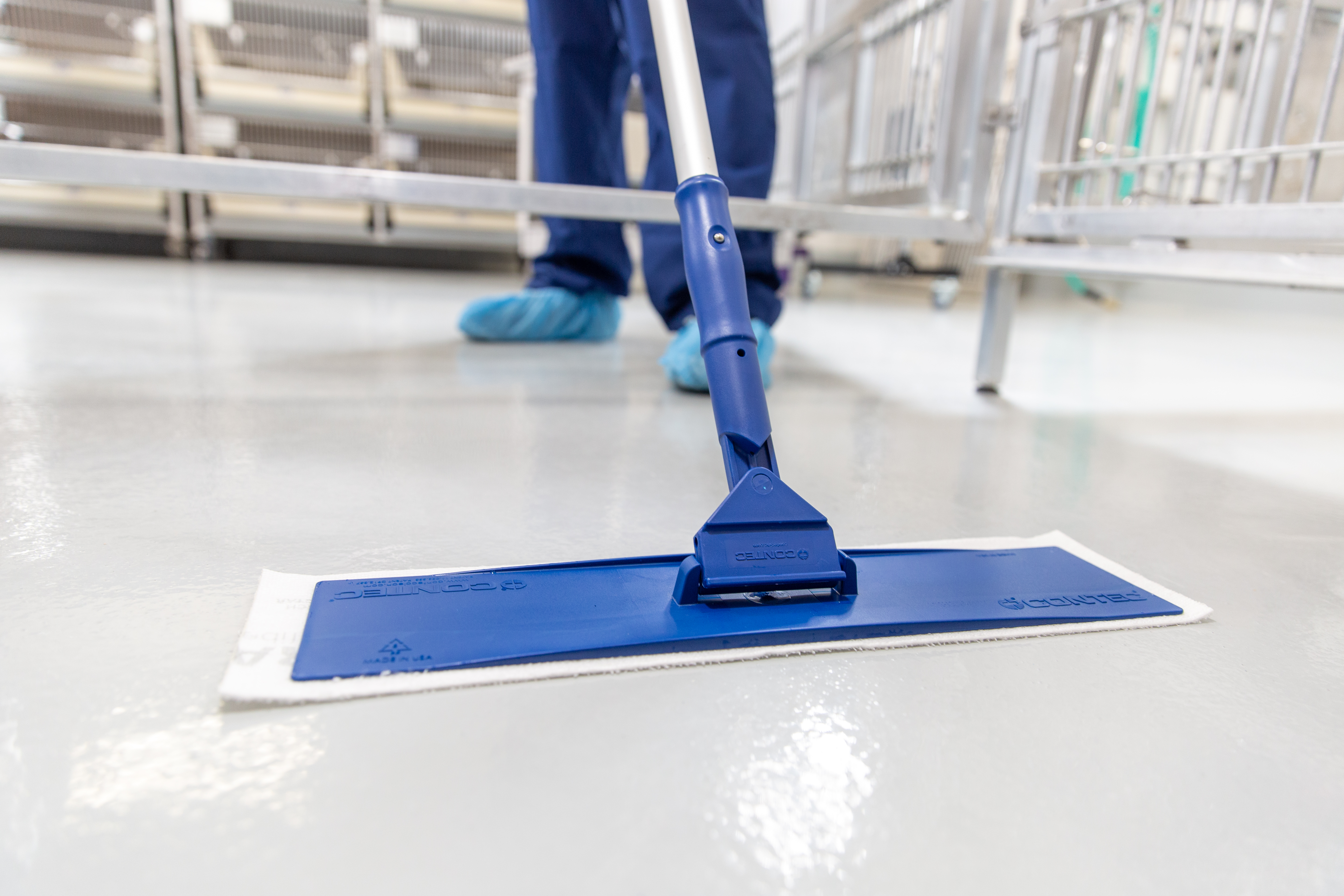Animal welfare is a top priority in lab animal facilities, where maintaining a clean and safe environment is essential for both research quality and the well-being of the animals. Effective cleaning protocols play a critical role in reducing disease risk, minimizing stress, and creating a stable, healthy environment. However, cleaning must be done thoughtfully to avoid introducing unnecessary stress or harmful residues that could affect the animals.
This article explores the link between hygiene and animal health, strategies for minimizing stress during cleaning, and the importance of selecting non-toxic, residue-free cleaning solutions.
The Link Between Hygiene and Animal Health
Proper disinfection and protocol are fundamental to preventing disease outbreaks and ensuring animal well-being. Bacteria, viruses, fungi, and allergens can accumulate in cages, racks, and surrounding areas, increasing the risk of infections and respiratory issues. A well-designed cleaning protocol helps break these contamination cycles and supports overall
colony health.

How Effective Cleaning Supports Animal Welfare:
- Reduces Pathogen Exposure – Regular cleaning removes harmful microorganisms that could lead to infections or disease outbreaks.
- Improves Air Quality – Controlling dust, dander, and ammonia buildup from animal waste helps maintain respiratory health.
- Prevents Cross-Contamination – Using single-use or properly disinfected cleaning tools ensures pathogens are not transferred between enclosures.
Maintaining high cleaning standards contributes to both animal welfare and the reliability of research outcomes by reducing external variables related to health issues.
Minimizing Stress for Animals During Cleaning
While cleaning is essential, the process itself can be stressful for animals, particularly in laboratory environments where routine disruptions can affect behavior and physiological responses. Reducing stress during cleaning enhances overall well-being and helps maintain stable research conditions.

Ways to Reduce Animal Stress During Cleaning:
- Use Quiet and Efficient Cleaning Methods – Loud noises and frequent handling can cause anxiety. Using streamlined, low-disruption cleaning techniques minimizes stress.
- Limit Unnecessary Disturbances – Cleaning schedules should be designed to reduce frequent cage changes or unnecessary movement
of animals.
- Use Familiar Scents – Some cleaning agents can introduce strong, unfamiliar smells that may cause distress. Selecting mild, residue-free options can help maintain environmental consistency.
Creating a predictable and low-stress cleaning routine can significantly improve the welfare of lab animals while maintaining cleaning standards.
Selecting Non-Toxic, Residue-Free Cleaning Solutions
Not all cleaning products are suitable for use in animal facilities. Some disinfectants and detergents leave behind residues that may irritate the skin, eyes, or respiratory systems of animals. Others contain strong chemicals that could interfere with research results. Choosing non-toxic, residue-free cleaning solutions helps maintain a safe environment for both animals and research staff.
Characteristics of Animal-Safe Cleaning Products:
- Non-Irritating and Non-Toxic – Avoids harmful effects on skin, eyes, and respiratory systems.
- Residue-Free – Residue can create biofilm, which will entrap pathogens. When these pathogens are aerosolized by agitation through mopping, it reintroduces pathogens into the environment. A residue-free cleaning product ensures no lingering chemicals that could be ingested or inhaled.
- Validated for Use in the Vivarium – Proven effective without compromising animal health or research outcomes.
By prioritizing safe and effective cleaning solutions, facilities can maintain cleanliness without negatively impacting animal welfare.
Balancing Cleaning Standards and Animal Well-Being
Improving animal welfare through better cleaning protocols requires a balance between maintaining a clean environment and reducing risk, improving outcomes, increasing efficiency and aiding staff compliance. Thoughtful cleaning practices, reduced disruptions, and the use of safe, non-toxic cleaning solutions all contribute to a healthier, more stable environment for research animals.
By refining cleaning protocols with animal welfare in mind, lab facilities can support both ethical research practices and improved study outcomes.
Learn how Contec LAS products can help you clean your lab animal facility with animal well-being in mind. Contact us today.





